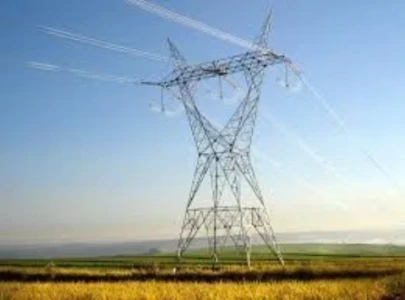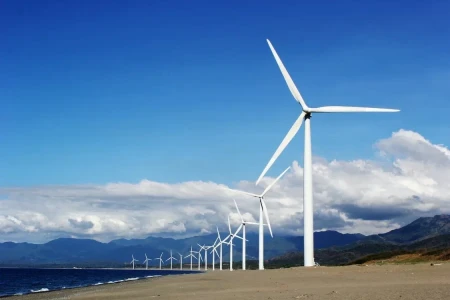Biden’s Green Vision vs. Trump’s Traditional Energy Policies

In the ever-evolving landscape of U.S. climate policy, the 2024 presidential race highlights a significant divergence between candidates on the future of climate change and energy strategy. The contrasting visions of President Joe Biden's administration and former President Donald Trump underscore a broader debate on how the United States should address climate challenges and energy needs in the coming years.
Biden’s Climate and Energy Vision
President Joe Biden's approach to climate change and energy is grounded in an ambitious vision aimed at both reducing greenhouse gas emissions and accelerating the transition to renewable energy. His administration has focused on implementing policies that prioritize environmental sustainability and technological innovation. This includes substantial investments in clean energy infrastructure, such as solar and wind power, electric vehicles, and energy-efficient technologies.
Biden's climate agenda is encapsulated in the Inflation Reduction Act (IRA) of 2022, which represents one of the most significant pieces of climate legislation in U.S. history. The IRA includes extensive tax credits and incentives for renewable energy projects, electric vehicle adoption, and energy-efficient home upgrades. Additionally, the administration has set a target for achieving a net-zero economy by 2050, which involves ambitious goals for reducing carbon emissions and increasing the share of clean energy in the national energy mix.
Biden’s policies also emphasize international cooperation on climate issues. His administration has rejoined the Paris Agreement and is actively engaged in global climate negotiations, aiming to bolster international climate action and leadership. The focus on multilateralism reflects a broader commitment to addressing climate change as a global challenge that requires collective effort and coordination.
Trump’s Climate and Energy Strategy
In stark contrast, former President Donald Trump’s vision for climate and energy policy represents a more traditional and industry-centric approach. During his tenure, Trump’s administration rolled back numerous environmental regulations and prioritized the expansion of fossil fuel production, including oil, natural gas, and coal. Trump's policies were driven by a belief in energy independence and economic growth, often at the expense of environmental considerations.
Trump’s energy strategy was characterized by deregulation and support for conventional energy sources. His administration promoted the development of domestic fossil fuel resources, including the controversial drilling in the Arctic National Wildlife Refuge and the expansion of hydraulic fracturing (fracking). These measures were aimed at boosting energy production and reducing reliance on foreign energy sources, aligning with a broader agenda of economic nationalism.
On climate change, Trump remained skeptical of the scientific consensus on global warming and withdrew the United States from the Paris Agreement, a move that was widely criticized by environmentalists and global leaders. Trump's climate policy favored economic growth and job creation over environmental protection, reflecting a clear prioritization of short-term economic benefits over long-term sustainability.
Implications for the Future
The stark differences between Biden and Trump on climate and energy policy have profound implications for the future of U.S. environmental strategy. Biden's approach represents a significant shift towards sustainability and climate action, with a focus on fostering innovation and reducing emissions. This vision supports a transition to a greener economy and aims to position the U.S. as a leader in global climate efforts.
Conversely, Trump’s approach suggests a return to policies that prioritize traditional energy sectors and economic growth over environmental concerns. This perspective could potentially reverse progress made in climate action and renewable energy development, reflecting a broader debate about the role of government in addressing climate change and managing energy resources.
As the 2024 election approaches, the contrast between these two visions will likely be a central issue for voters, shaping the future trajectory of U.S. climate and energy policy. The choice between a forward-looking climate agenda and a more traditional energy strategy underscores the broader ideological divide on how best to address one of the most pressing challenges of our time.








